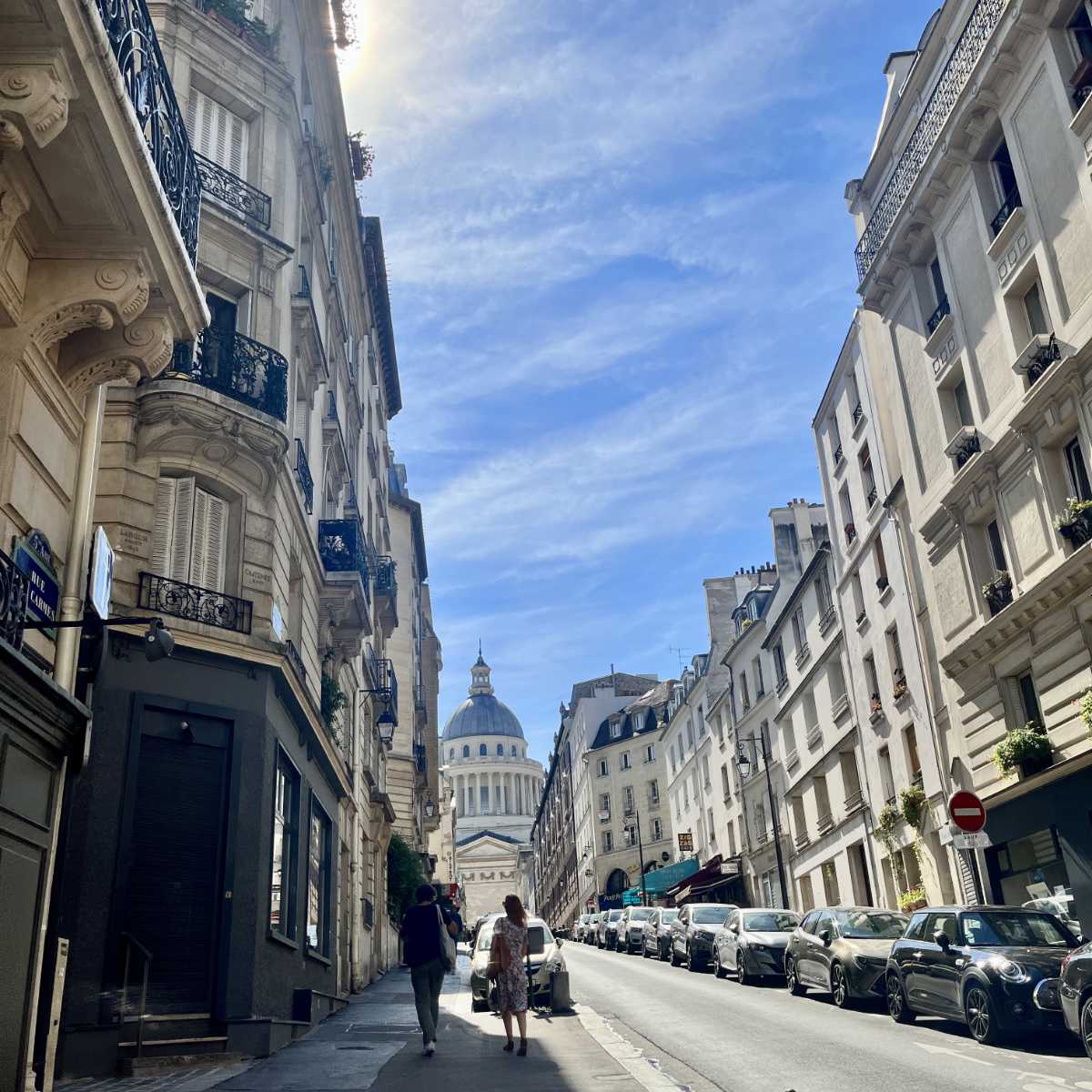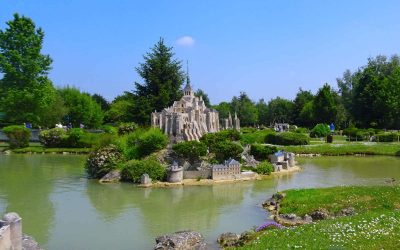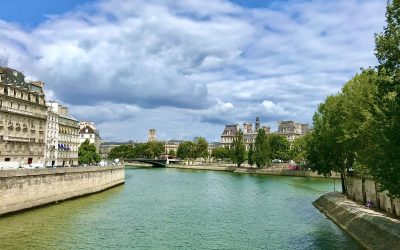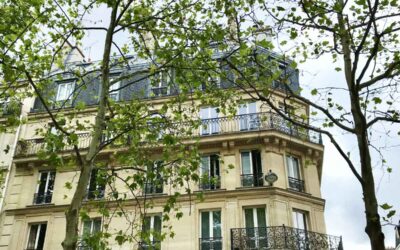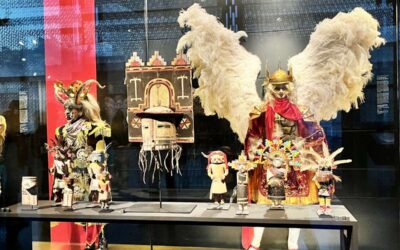The Latin Quarter is one of the oldest neighborhoods in Paris, France, dating back to Gallo-Roman era. It is home to the city’s La Sorbonne University which gave it its nickname. Students came here to study Latin, their conversations in the language echoing in the narrow streets.
The area also holds some remarkable landmarks and continues to have a rich literary and thriving social scene.
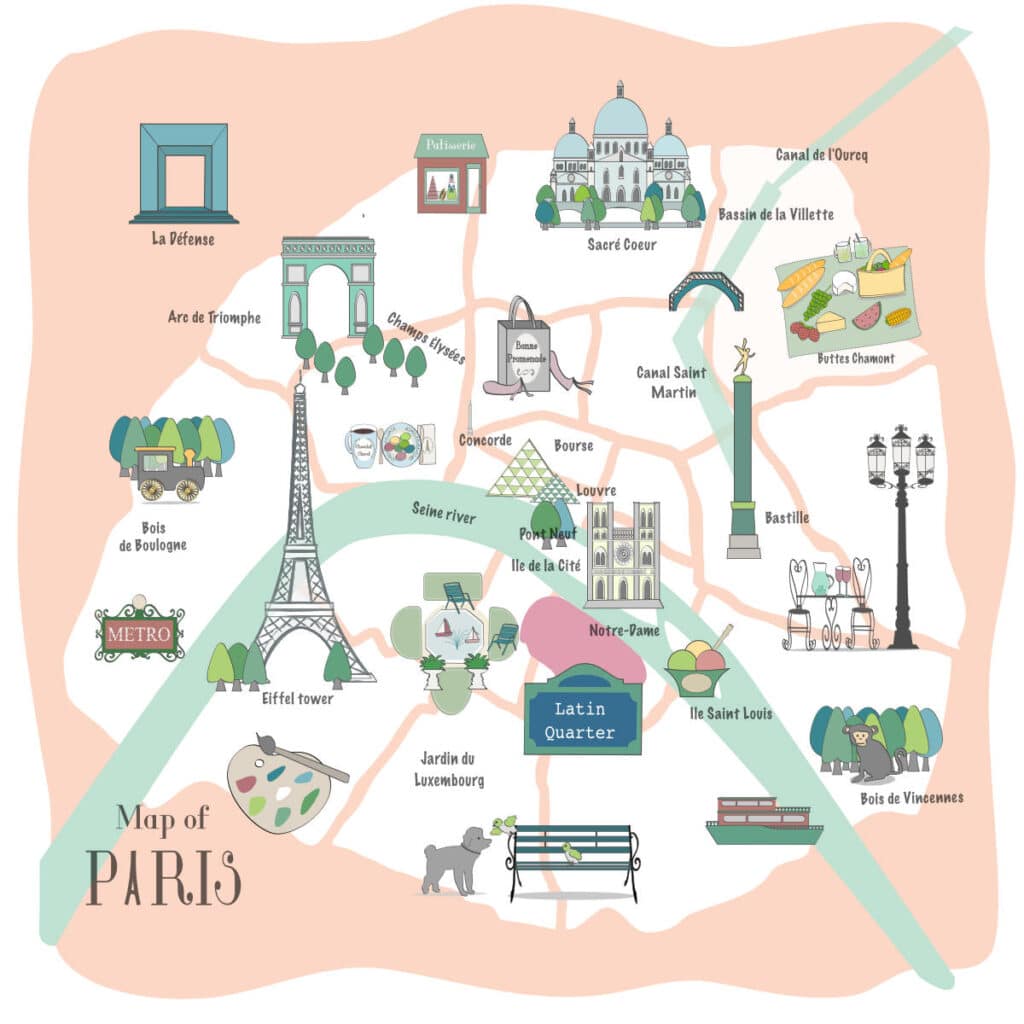
Today, it is occupies a large portion in 5th arrondissement along with a portion of the 6th. It is still somewhat a student area, with many student bars and restaurants.
Don’t be fooled though, the area is quite familial with many bourgeois Parisians also making their home here. It is quite a sought ofter area for locals and tourists, with prices in the area reflecting that.
So let’s have a look at the top things to see and do in the Latin Quarter, shall we?
History of the Latin Quarter
Located just off of Ile de la Cité, the area used to be outside the initial city walls. It was nonetheless populated, with both the Gauls and the Romans have settled in the area.
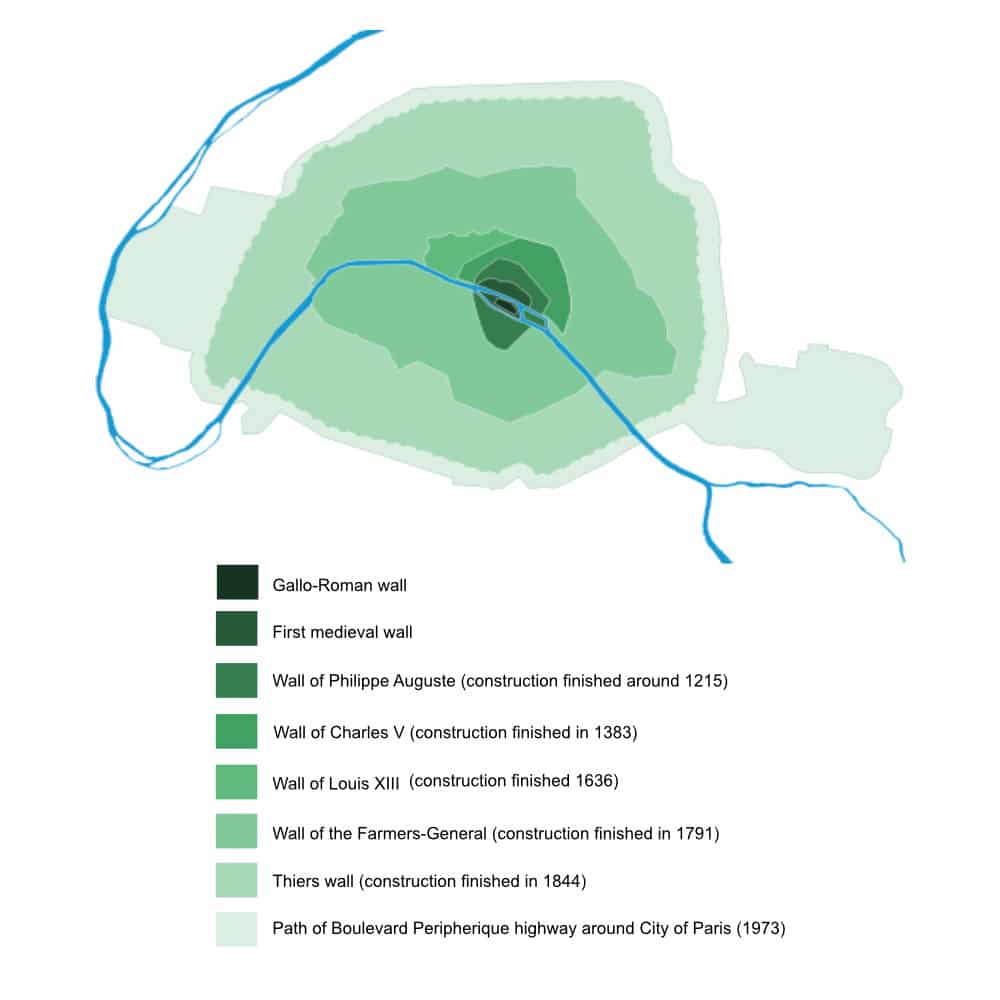
If you wander around the Latin Quarter, you can still see among the Roman ruins, the ancient city walls and the Arènes de Lutèce. At the time, the Romans had changed the name of Paris to Lutetia, from the Gaulish name Parisii.
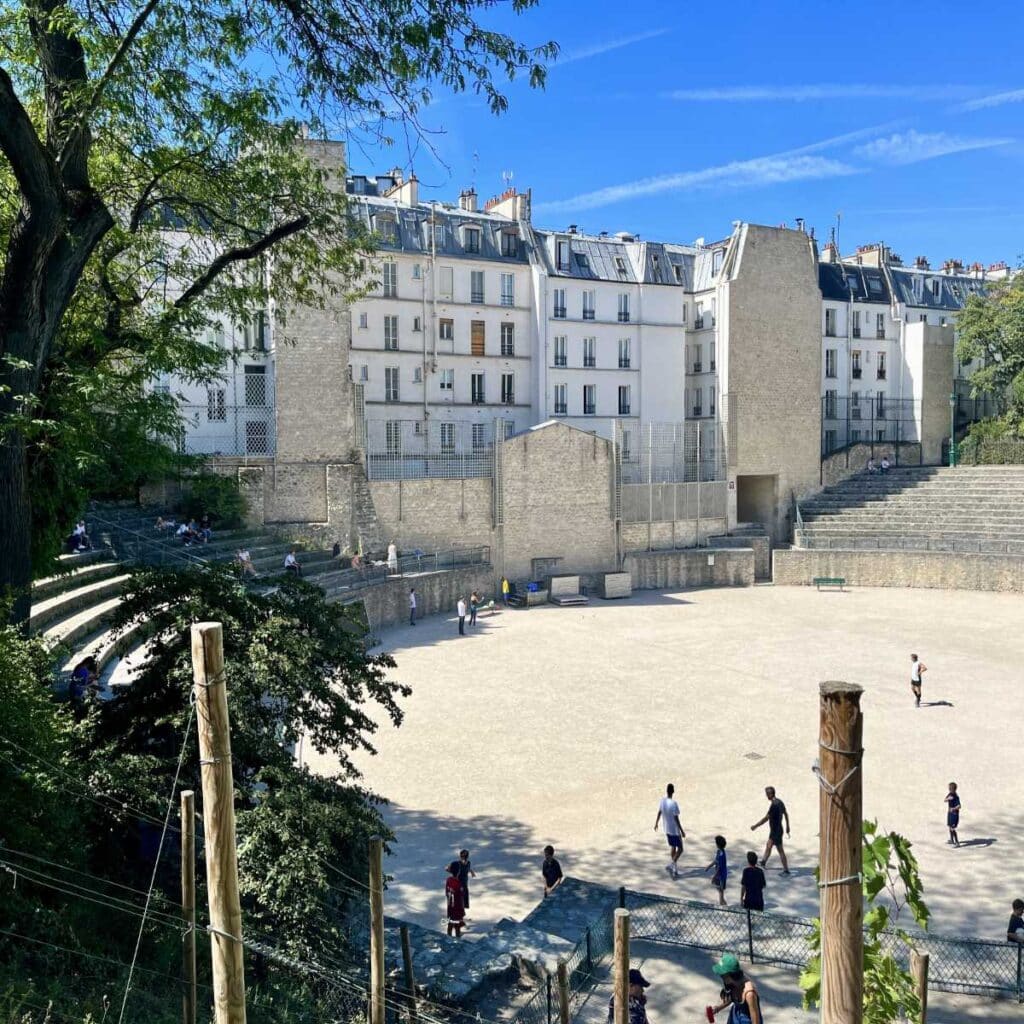
With the entrance located at 49 Rue Monge, these are among the most important ancient Roman remains from the era in Paris.
About a 10-minute walk away is the Thermes de Cluny, the ancient thermal spa of the Romans. After the Romans left, the walls of Paris gradually expanded.
Christianity came to France, and the area became known for several devout converts to the new religion, who were later sanctified. In the Middle ages, a new school for the clergy called La Sorbonne opened in the area, and since Latin was the language of the well-educated, the neighbourhood got a new name: the Latin Quarter.
Top Attractions in the area
1. Panthéon
Originally intended to be a church, the Pantheon is where France’s national heroes and legendary figures are buried.
Like its much older counterpart in Rome, Italy, it celebrates famous French names like Victor Hugo, and Marie Curie, becoming a mausoleum and a monument to much of French history and culture.
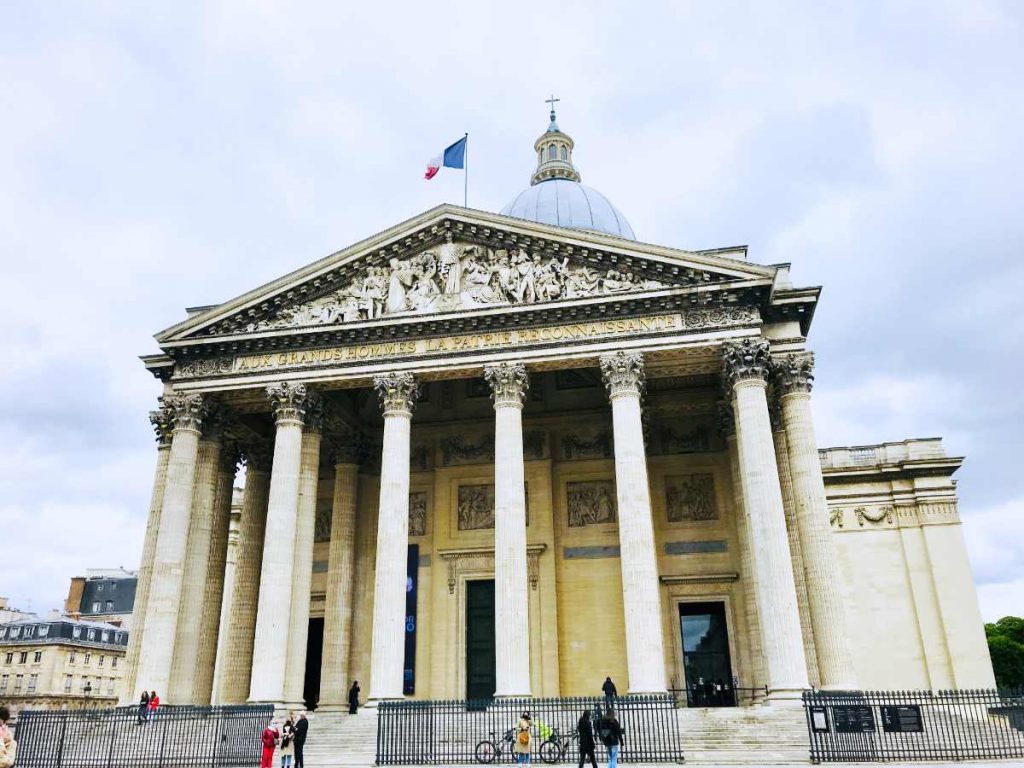
Inside are several statues, paintings, and symbols dedicated to French ideals of the République. Right in the center of the Panthéon is French physicist Léon Foucault’s pendulum, demonstrating the rotation of the Earth.
In addition, several people like Voltaire, Emile Zola and Jean Jaures are buried at the Panthéon. It is open everyday to visitors, and you can purchase your skip-the-line tickets here.
2. Saint-Étienne-du-Mont church
The Panthéon in Paris was originally intended to be a temple dedicated to Saint Genevieve who lived in the 5th century, at the time of the Roman Empire. The Roman empire was gradually decreasing in influence due to the increasing Frankish invasions (a Germanic tribe).
Genevieve was an ordinary woman from Nanterre who saw God and became a nun at 15. She would slowly become renowned for her piety and her visions, and become the patron saint of Paris.
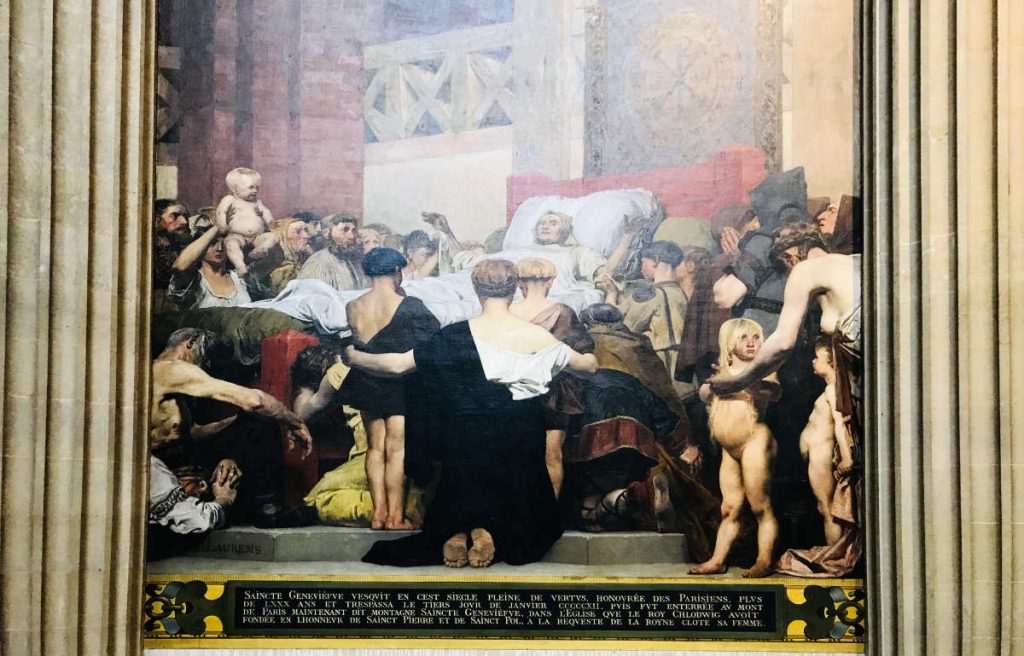
In 451 AD, Paris was threatened by the army of Attila the Hun, which had pillaged Treves, Metz and Reims. Parisians were planning to abandon the city, but they were persuaded to resist by Geneviève who led a prayer-marathon to divert the Hun army.
While the Pantheon ended up being converted into a tribute for the great thinkers, visionaries, and writers of France, the Saint-Étienne-du-Mont church remains dedicated to her, next to the Pantheon.
The church contains fragments of her tomb, as well as the tombs of inventor Blaise Pascal and revolutionary Jean-Paul Marat amongst others.
3. La Sorbonne
The Latin quarter was named as such because of the large amounts of students who congregated in the area, learning and speaking Latin. They were attending one of the top universities in Europe, La Sorbonne.
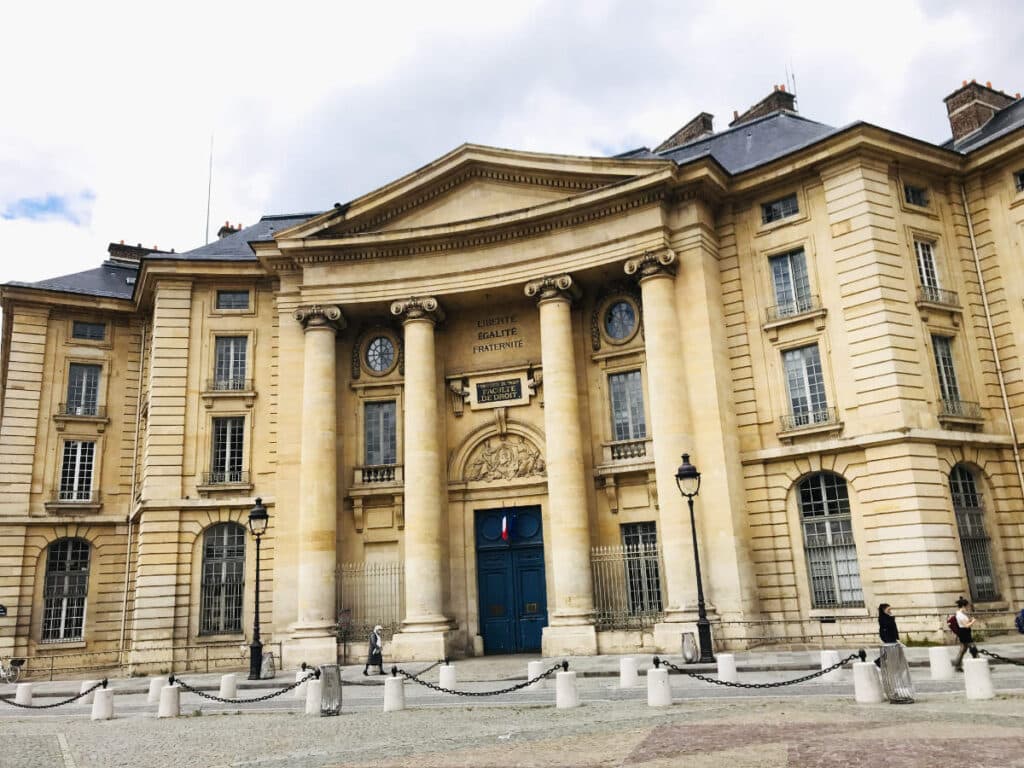
The school was founded in 1253 by Pierre de Sorbon, chaplain to Saint King Louis. It was originally a theological college for poorer students. It then integrated into the University of Paris, where the arts, law and medicine were taught. The name “Sorbonne” was so prestigious that its name was used to designate the entire University.
The impressive domed building dates back to the 17th century which was constructed under the orders of Cardinal Richelieu (of Alexandre Dumas’s 3 Musketeers‘ fame.)
Richelieu attended the university in his youth, and asked to be buried in the Sorbonne chapel (known as Chapel of Sainte Ursule de la Sorbonne).
4. Cluny Museum
Musée de Cluny is an abbey that was partially constructed on the remnants of the third century Gallo-Roman baths known as the Thermes de Cluny, Roman era.
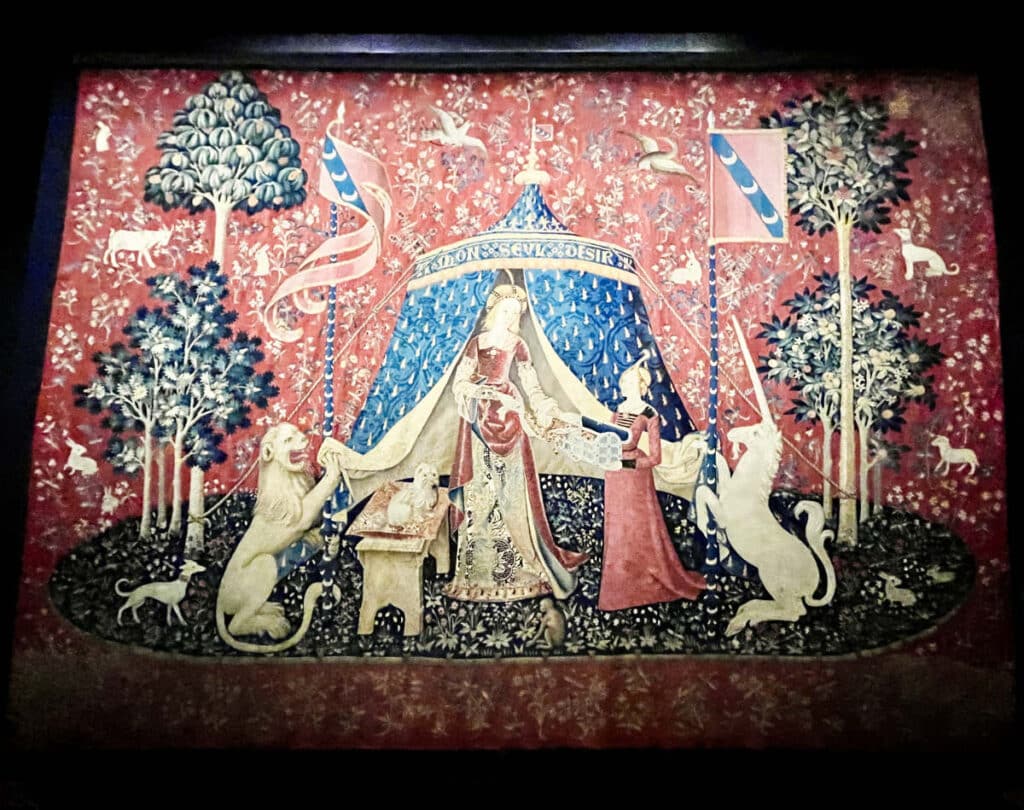
Today the museum houses an extensive collection of medieval art in a 15th-century abbey. One of the most well-known of its displays are the six tapestries of The Lady and the Unicorn (La Dame à la licorne).
It also holds the original statues of Kings that were on the front of Notre Dame de Paris, before they were cut down during the French Revolution. You can buy tickets for the museum here.
5. Rue Saint-André des Arts and Rue de la Huchette
When exploring the Latin Quarter, you will come upon some of the oldest streets in Paris.
Rue Saint-André des Arts lies on what was the western axis of the ancient Roman Lutetia, as Paris was called at the time. Today it is a charmingly narrow street that has been pedestrianized with small shops and restaurants lining its way.
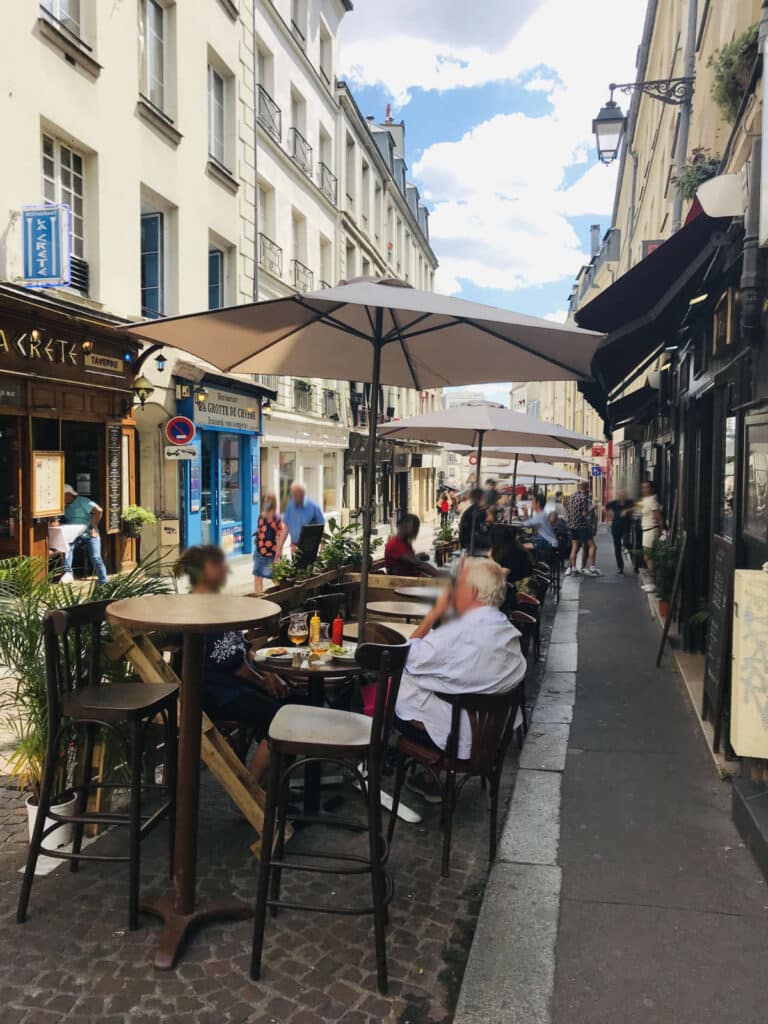
The nearby Rue de la Huchette is newer, dating back to the middle ages when it was famous for for its inns and its cabarets. These days it is lined with restaurants and a couple of small theatres, keeping that theatrical tradition.
6. Ecole Henri IV and Louis le Grand
In the heart of the Latin Quarter and the 5th arrondissement sits two of the most famous schools in France, the Ecole Henri IV and Louis le Grand.
Ecole Louis le Grand was founded in the early 1560s by the Jesuits as the Collège de Clermont, was renamed in 1682 for the Sun King Louis XIV during Louis’s reign.
Ecole Henri IV was founded in the early 1796 after the French revolution, and was named King Henri IV in 1815. It is located on Rue Clovis, a street named after the 1st King of the Franks.
After the revolution, names of royalty were not popular. Both schools changed names several times, before finally being restored. Today they remain two best high schools in the country, offering scholarships and taking the best students from all across France.
7. Fontaine Saint-Michel
The impressive Fontaine Saint-Michel is located within footsteps of the Notre Dame Cathedral at the corner of Boulevard Saint-Michel that leads into the Latin Quarter.
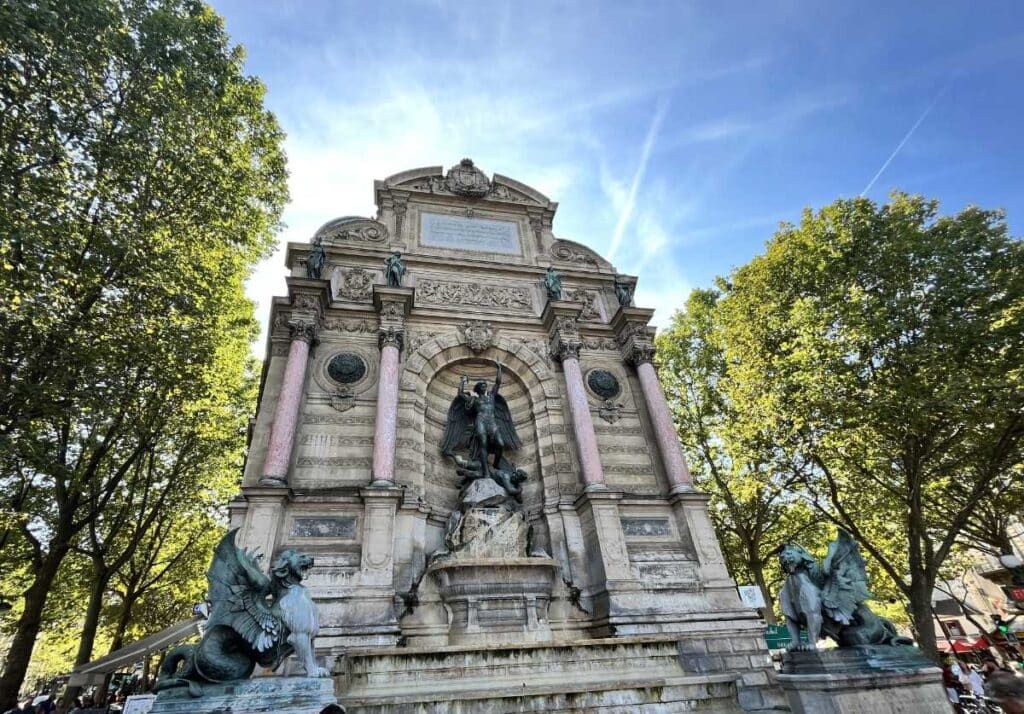
It was built during Baron Haussmann’s reimagining of Paris in the 19th century, when much of the old medieval buildings were knocked down to make way for the new style of architecture known as the Hausmannien.
The fountain features the Archangel Michel wrestling with the devil, with two dragons at his feet (sometimes) spraying water.
8. Église Saint-Séverin
The Roman Catholic Eglise Saint-Séverin was constructed in the 1230, and rebuilt after a fire and enlarged in the 15th-17th centuries. It is a gothic style church that was meant to be the local paris church for those attending Sorbonne-University of Paris in the middle ages.
It is one of the oldest churches in Paris, and is named after Saint Séverin of Paris, a devout hermit who lived there in the 6th century.
9. Shakespeare & Co’s
The world famous Shakespeare & Co’s bookstore near the banks of the Seine river is located on the edge of the Latin Quarter. Founded in 1951, the shop was named after an earlier bookstore owned by American author Sylvia Beach that she founded in 1919 at a nearby location.
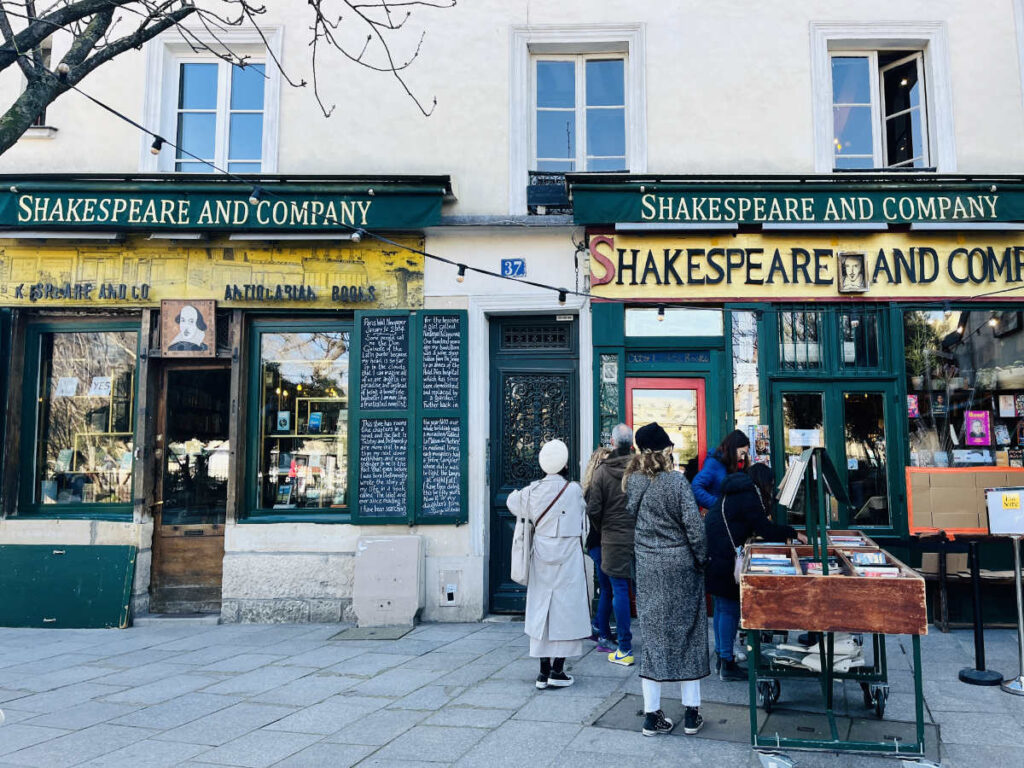
The shop is renowned for its classic new and used books in English and other languages, making a treasure trove for booklovers. The shop is open everyday and located at 37 Rue de la Bûcherie, 75005 Paris.
10. Jardin des Plantes
On the edge of the Latin Quarter is a large botanical garden, which also features 4 large galleries holding specimens of all types of animals.
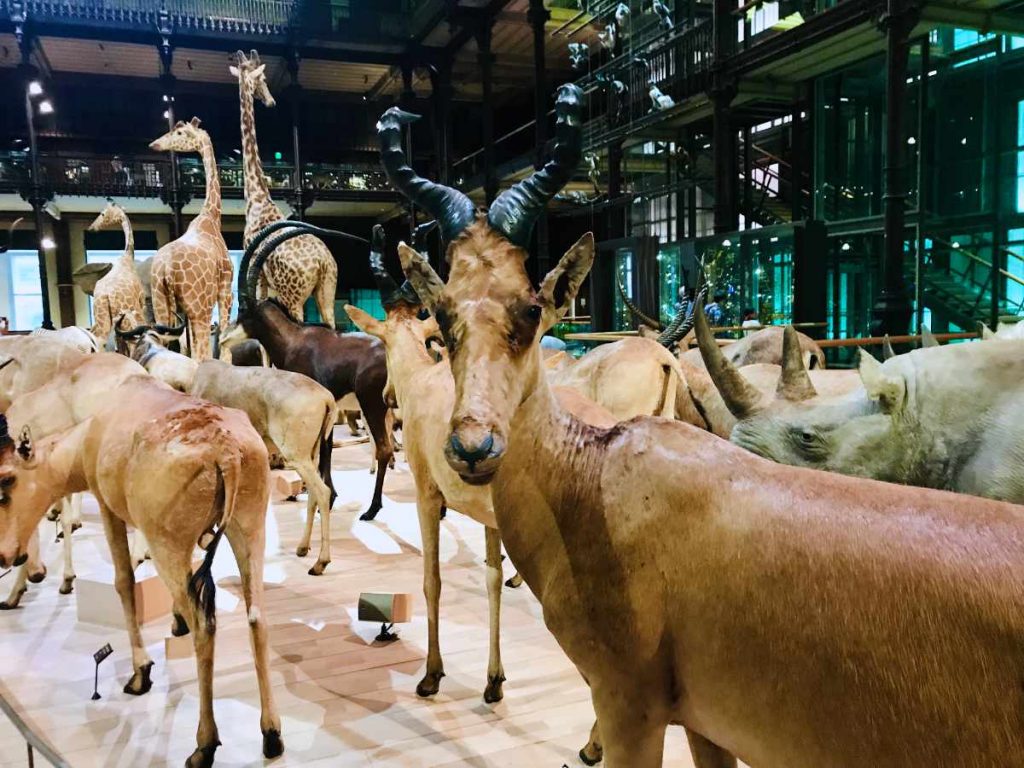
With everything from large dinosaur bones to whale skeletons and stuffed lions, there is plenty to see for kids and adults alike.
The 4 galleries include:
- Grande galerie de l’Évolution (‘Gallery of Evolution’) which includes over 1000 species of animals big and small.
- Galerie de Paléontologie et d’Anatomie comparée (‘Gallery of Paleontology and Comparative Anatomy’) displaying over 650 dinosaur remains.
- Galerie de Minéralogie et de Géologie (‘Gallery of Mineralogy and Geology’) displaying minerals, crystals and other rock formations.
- Galerie de Botanique (‘Gallery of Botany’) with a collection of almost 8 million samples of plants.
You can read more about visiting Jardin des Plantes here. Tickets to each galerie are sold separately, so book them all in advance.
Shopping on Rue Mouffetard and Place Contrescape
One of the most charming areas in Paris has to be Marché Mouffetard, located in the heart of the Latin Quarter. This market is located a short distance from the Place de la Monge along the historic and narrow Rue Mouffetard, which leads to Place Contrescape.
Even on days when there is no street market, locals and tourists from around the world visit this bustling pedestrianized area.
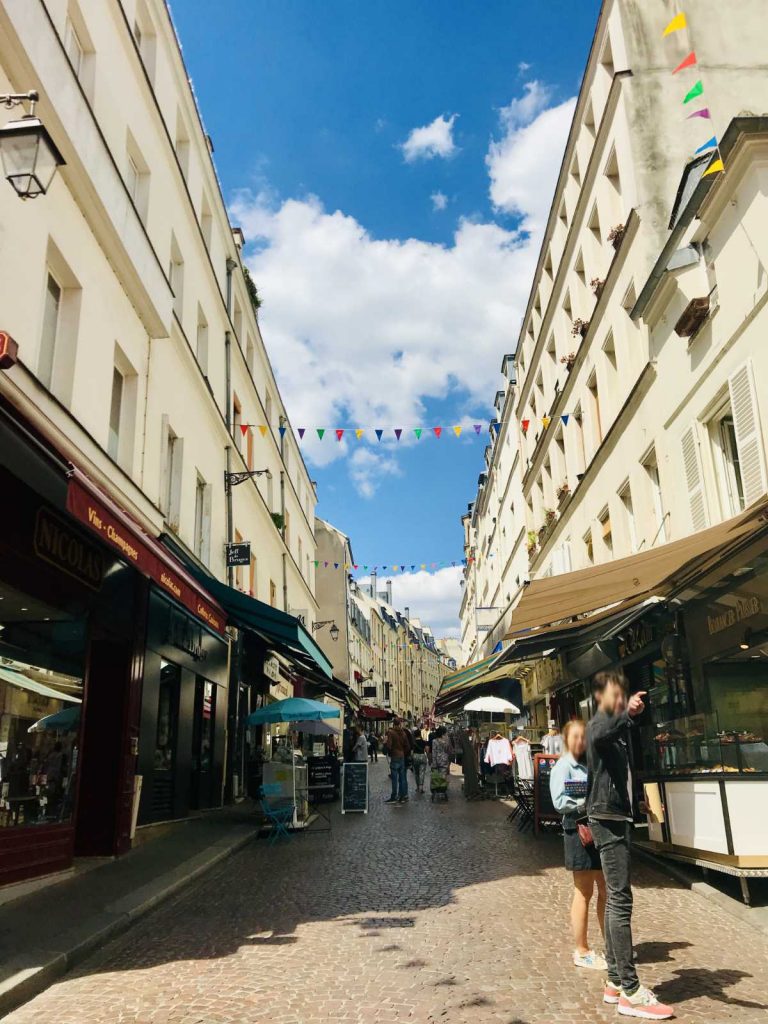
There is a bit of everything, from fruit and vegetable, cheeses, charcuterie, pâtés, seafood, pastries, cakes, and other sweets. If you are looking for organic products and souvenirs, you will easily find those here as well.
There are certain tips to visiting markets in France, such as not to touch the produce, and what to bring with you, which you can read here. Marché Mouffetard is open everyday except Mondays, from 8am to 1pm, while the shops on Rue Mouffetard are open everyday.
What to eat: Restaurants, Brasseries, and Bistros
Place Contrescape has several restaurants with terrasses where you can begin your night with an apéro, and then move on from there. Some local favorites in around the 5th are:
- Les Papilles – traditional French fare at 30 Rue Gay-Lussac, 75005 Paris
- Alliance – creative twist on French dishes at 5 Rue de Poissy, 75005 Paris
- Hebe – seasonal dishes at 15 Rue Frédéric Sauton, 75005 Paris
You can find more ideas and ways of spending an evening in Paris here.
Bars and Nightlife
With several universities in the Latin Quarter like La Sorbonne and Jussieu, there are several student pubs and bars on Rue Mouffetard and around.
However, given that the 5th arrondissement is quite an expensive area in Paris, there are several bars and restaurants for “grownups” as well.
- Le 1802 du Monte Cristo (upscale rhum bar in Hotel Monte Cristo) – 22 Rue Pascal, 75005 Paris
- Le Piano Vache (a cheap rock bar) – 8 Rue Laplace, 75005 Paris
- Le Violin Dingue (cheap student bar) – 46 Rue de la Montagne Sainte Geneviève, 75005 Paris
- Pub Saint Hilaire (classic pub) – 2 rue Valette, 75005 Paris
You can find more bars and nightlife options around Paris here.
Where to stay: Hotels and other accommodation
A lively area with all the charm of historical Paris, you cannot go wrong staying in the Latin Quarter. There are no 5-star hotels in the 5th, but some other recommended hotels in the area are:
- €€€ – Hotel De Suez
- €€€ – Hotel du College de France
- €€€€ – Hotel Le Notre Dame Saint Michel
- €€€€ – Residence Henri IV
You can find more accommodation options for the Latin Quarter here.

If you enjoyed that article, you may like to read more about the nearby 6th, 13th, and 14th arrondissements. A bientôt!
